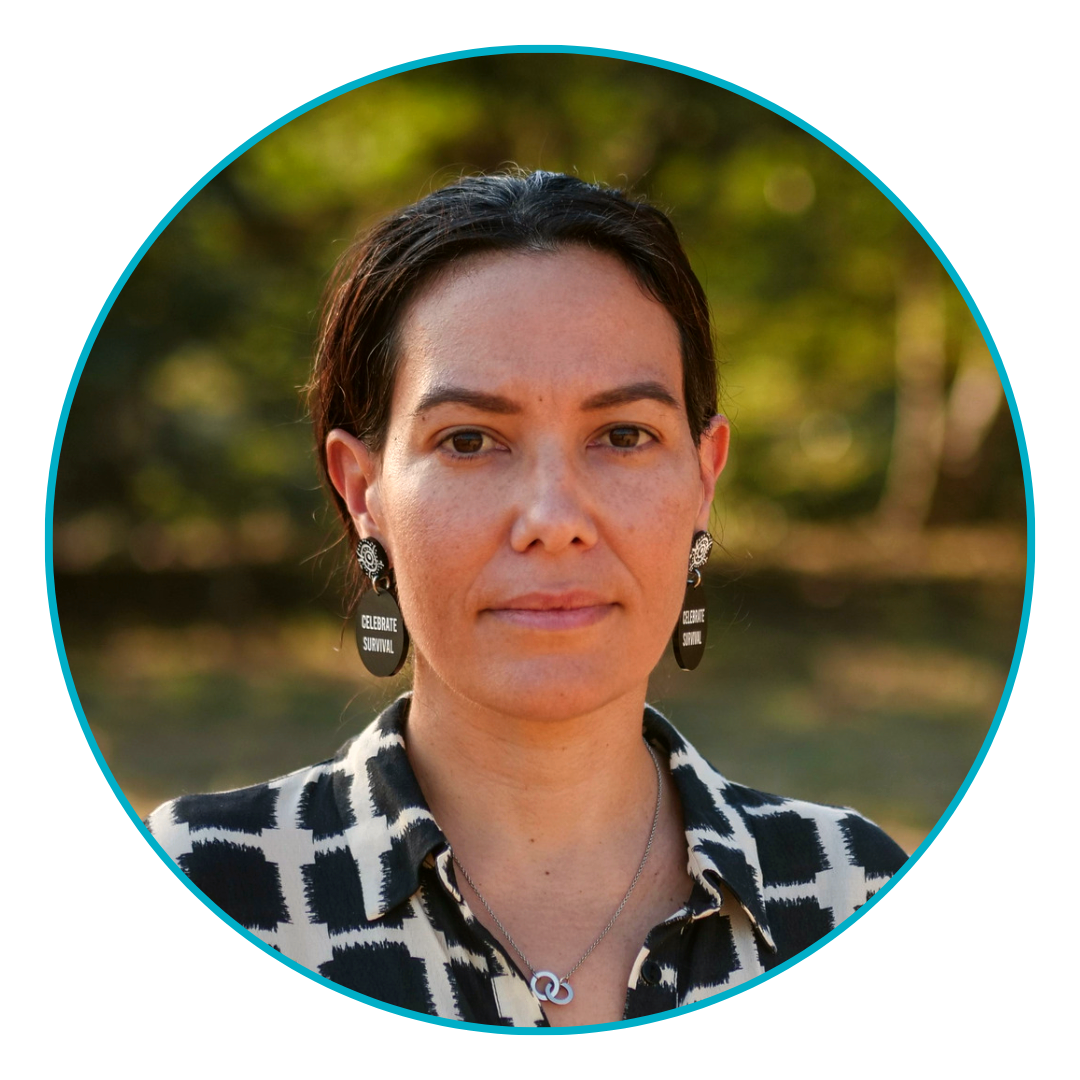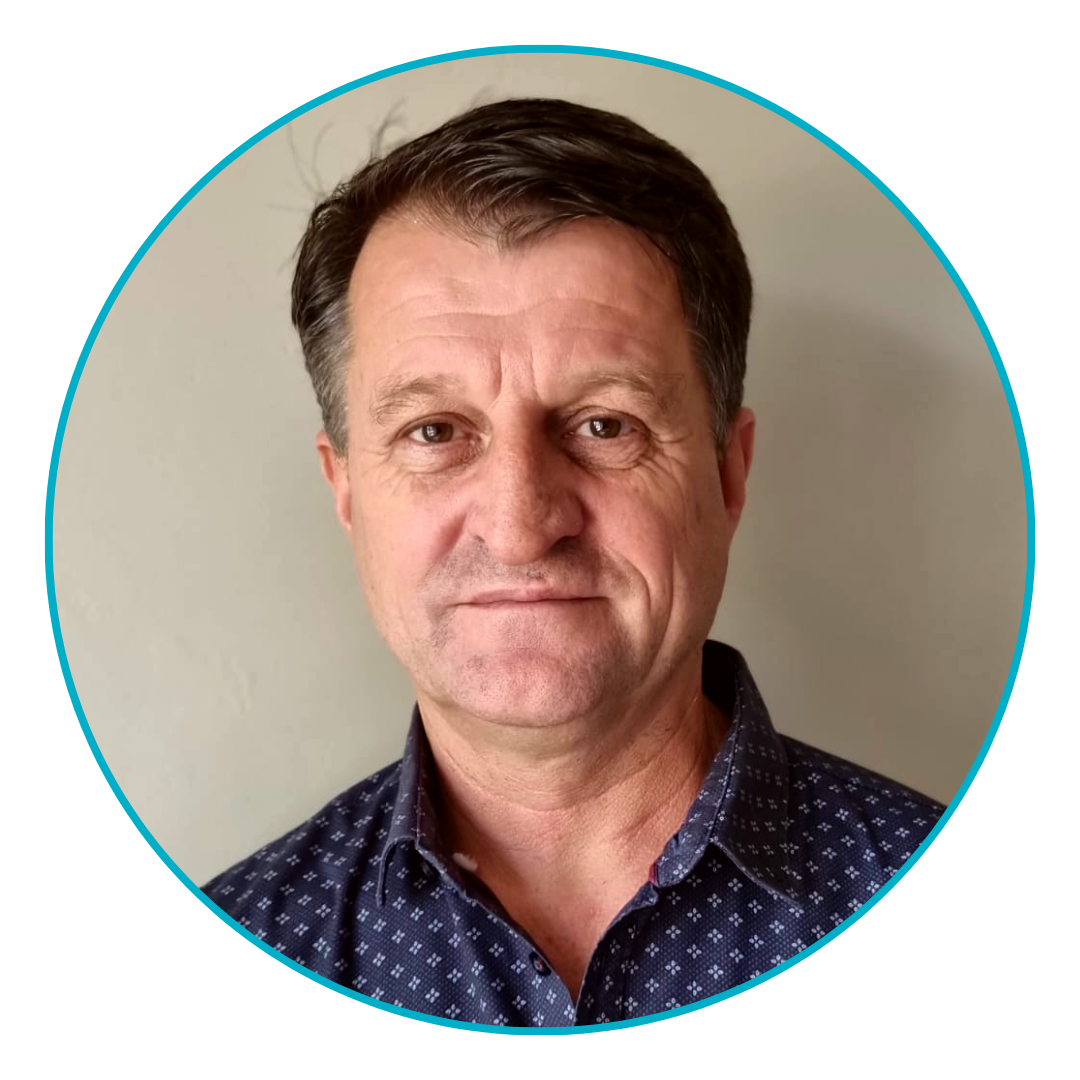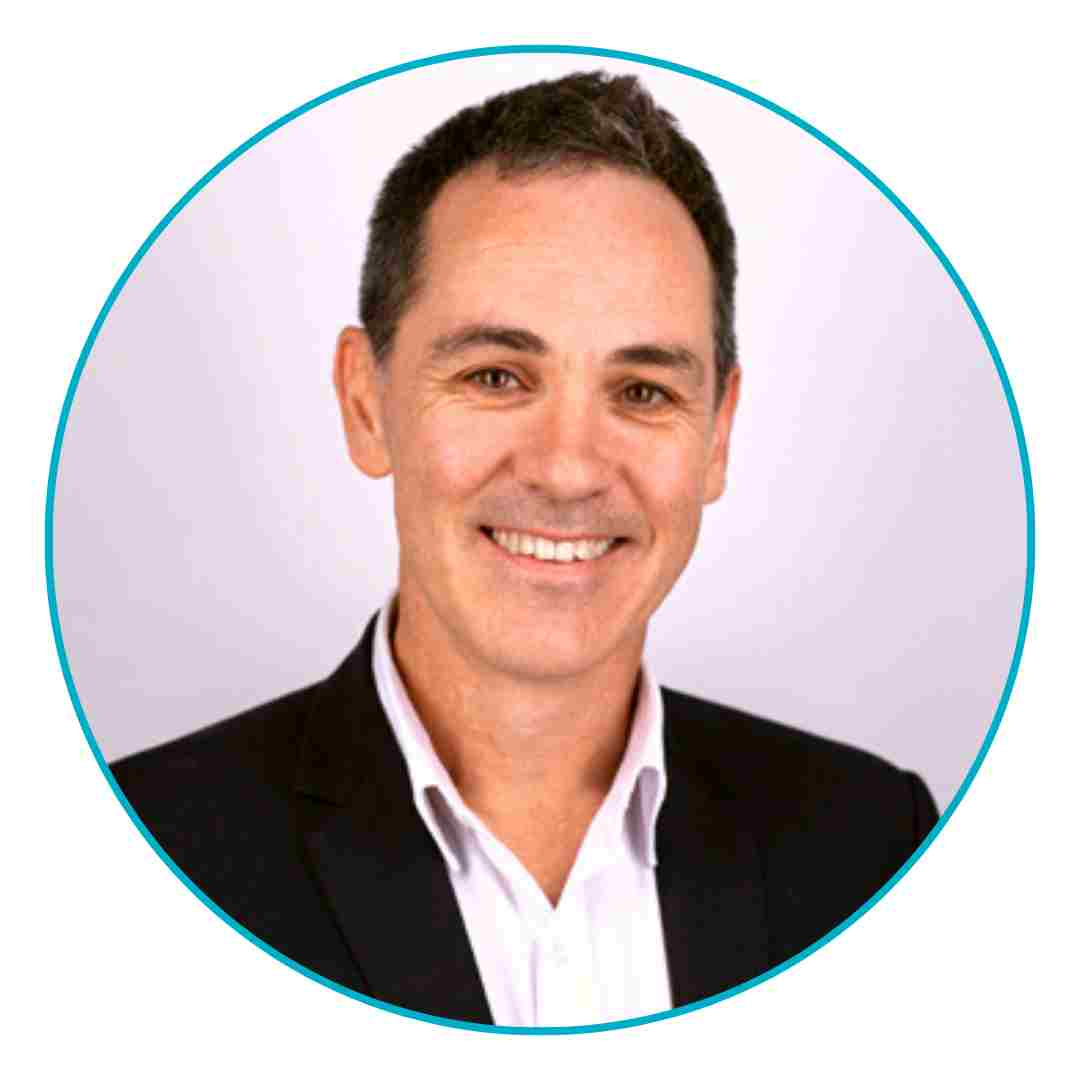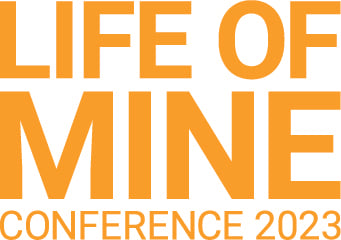Exploring the not-to-be-missed keynote presentations!
We hope you are as excited as we are to hear from the incredible keynote speakers; Rudolph Botha, James Purtill, Kia Dowell, Chris McCombe, Marghanita Johnson, Sonia Winter, and Harrison Mitchell.
In anticipation we've shared their keynote summaries below: (Jump to summary by day or by keynote speaker)
Day 1 Day 2 Day 3Kia Dowell Harrison Mitchell James PurtillRudolph BothaChris McCombeMarghanita JohnsonSonia Winter
 The Experience of Traditional Owners through the Argyle Mine Closure
The Experience of Traditional Owners through the Argyle Mine Closure
Keynote Presentation by Kia Dowell, Chairperson, Gelganyem Limited
Session 1, Wednesday 2 August 2023

Embracing Sustainable and Responsible Sourcing: Australia’s Role in the Global Minerals Supply Chain
Keynote Presentation by Harrison Mitchell, Founder and Chief Executive for Business Strategy, RCS Global Group
Session 3, Wednesday 2 August
The concept of critical minerals, responsible sourcing, and mining is intertwined, and responsible sourcing is expanding beyond the automotive industry to encompass sectors reliant on minerals, such as the renewables sector.
Australia plays a vital role as a provider of critical minerals for the energy transition, emphasising its leadership with the newly launched 2030 Critical Minerals Strategy. This is particularly significant as resource-rich countries such as Indonesia and Chile lean towards protectionism and nationalisation.
Australian companies can focus on improved performance in critical areas like greenhouse gas emissions and site rehabilitation, gaining a competitive edge via ESG performance differentiation. In this sense, responsible sourcing presents opportunities for branding, partnerships, and creating positive impacts throughout the value chain.
These sustainable practices are translating into unprecedented levels of innovation. It is crucial for companies and state bodies to foster such dynamics, champion innovation and pursue circular economies. This entails holistic measurement and management for life-of-mine assessments, considering the outputs of operations such as minerals (i.e., initiatives like traceability), and inputs (initiatives like integrated water basin management).
Australian companies must embrace their responsibilities as critical mineral providers. Mining companies should anticipate increasing pressures from EU and domestic regulation, and work from mine-site towards downstream transparency and sustainability along value chains.

Reflections on mine rehabilitation in Queensland
Keynote Presentation by James Purtill, Queensland Mine Rehabilitation Commissioner
Session 5, Thursday 3 August 2023
During the first two years of its existence, the Office of the Queensland Mine Rehabilitation Commissioner has visited over 80 mines, held hundreds of stakeholder consultation meetings, and commissioned a range of technical papers on aspects of progressive mine rehabilitation and closure.
This keynote presentation will reflect on the work of the QMRC in its formative years – what we have learned, what we are seeing and what might contribute towards a more enduring model of stewardship of our precious mineral resources.
Many aspects of the mine rehabilitation and closure task have vexed researchers and practitioners alike for decades. Decisions that may have implications for many years into the future must be made in an external environment that is constantly evolving, as a diverse range of stakeholders bring their aspirations to bear on the industry. Deciding what rehabilitation occurs and when, how we avoid sterilising future resources while ensuring we protect environmental values now, suggest the mine rehabilitation and closure task is a “wicked problem”. As such, there’s no right or wrong, “solutions” are highly contestable, and a path forward must involve all parties which benefit from or are affected by, the resources industry.
The presentation will look at the early works commissioned by the QMRC, in ecosystem rehabilitation, regional biodiversity corridor modelling, mine void modelling, options for post-mining land uses of voids, cover systems design and grazing as a post-mining land use.
Some of the trends and performance of the industry in progressive rehabilitation will be presented, focusing on strip mining operations and the challenges emerging from historical practices in metalliferous mining. The growth in rehabilitation ‘backlog’ and the pathways to successful mine ‘closure’ under contemporary environmental regulation will be discussed, and overall trends emerging from ESG-related pressures and the “two speed” industry emerging as some sectors see capital and sentiment exiting, while others see exponential demand growth. These reflections also signal huge opportunity for the industry to continue to be pivotal to regional and national economies despite inevitable transitions in the coming decades.
 Transition from Mine Closure to Regeneration
Transition from Mine Closure to Regeneration
Keynote Presentation by Rudulph Botha, Head of Regeneration, Anglo American
Session 8, Thursday 3 August
Abandoned or former mined sites are a common feature, with an estimated more than 1million sites across the world. Very few sites have been relinquished post the decommission and maintenance monitoring phase. Billions of USD are reflected in company annual financial results focused on the discounted liability of current operational assets. The lack of integrating closure planning into operational Life of Asset planning is resulting in opportunities being lost related to risks and cost management “not spending the same money wisely”. Long-term and latent risks require ongoing monitoring and active management extending well beyond the life of the mines. The current practice of aiming to return land to the pre-mining land use is not always relevant, as society and physical landscapes have evolved during the mining period and with it the post mine land use requirements. Analyzing the past and looking at the present, we need to address the current and future challenges to deliver long-term self-sustaining value postproduction. The focus of driving relinquishment should shift to a more regenerative approach, that will un-constrain the current solutions (even though relinquishment it could still be a measure of success).
Regeneration is the way forward, as it embraces full impacts decision making and concepts such as circularity and nature base solutions, that will also unlock societal value through social transition. Having a “zero waste mindset “, that focus not just on the commodity being mined, but also on the other element of the periodic table, is required. This mindset will unlock the opportunities associated with re-use, repurpose and beneficiation of mineral residue material. The regenerative approach is also taking into consideration the other “less quantifiable” values related to sustainable development and social transition. Opportunities to diversify the economic around the operations and in the regions can hence be maximised. This can be done thought appropriate partnerships, co-funding, co-development and co-ownership, and in doing so de-constrain the availability of appropriate skills and funding.
Ultimately the value of a more regenerative approach lies in not being constraint by trying to relinquish an asset 10 to 15 years postproduction, but rather to be part of a process in diversifying the economy around the operations, to deliver a self-sustain post mining land use, even it may take a century or two.
 Life of Mine in Australia
Life of Mine in Australia
Keynote Presentation by Chris McCombe, General Manager, Minerals Council of Australia
Session 6, Thursday 3 August
Chris will deliver his technical and intriguing keynote presentation that will compliment the themes on Day 2:
• Effective regulatory frameworks for mine life and beyond
• Innovative rehabilitation and closure solutions
• Incentivising innovation through valuation options.
 Critical to a Clean Energy Future
Critical to a Clean Energy Future
Keynote Presentation by Marghanita Johnson, Chief Executive Officer,
Australian Aluminum Council
Session 10, Friday 4 August 2023
Without mining, the world cannot reach net zero by 2050, and the quantity of minerals required to achieve our decarbonisation goals are of such magnitude that to reach net zero, we will need more mining, not less.
Australia has a wealth of mineral and renewable resources which collective provides us with a competitive advantage to not only mine but also process our mineral resources here into value added products.
But we need to consider society’s expectations of the mining and mineral processing industries, across the life of mine life, the full range of sustainability issues and how we can as an industry continue to meet these. And if we can’t, what is the alternative?
 Blazing the “Trail” to Knowledge Value
Blazing the “Trail” to Knowledge Value
Keynote Presentation by Sonia Winter FAusIMM, Head of Resource Excellence at BHP
Session 9, Friday 4 August
The quantity and quality of business planning inputs has changed considerably since the early 1990s. Back then concepts like climate change, sustainability, and circular economy were never part of our everyday conversations. The inherent uncertainty in our planning inputs was rarely considered and the breadth of data was narrow compared to what we now know we need to consider to realise the full value of our assets today.
We must embrace these new frontiers of uncertain knowledge, resource complexity and social value, leveraging our network of connections to foster transparency, constructive discussions, and efficient information flow into our business planning processes. Our mission is to blaze a trail to unlock the value of knowledge. It relies on insightful, conscious individuals supported by the right data and integrated processes.

